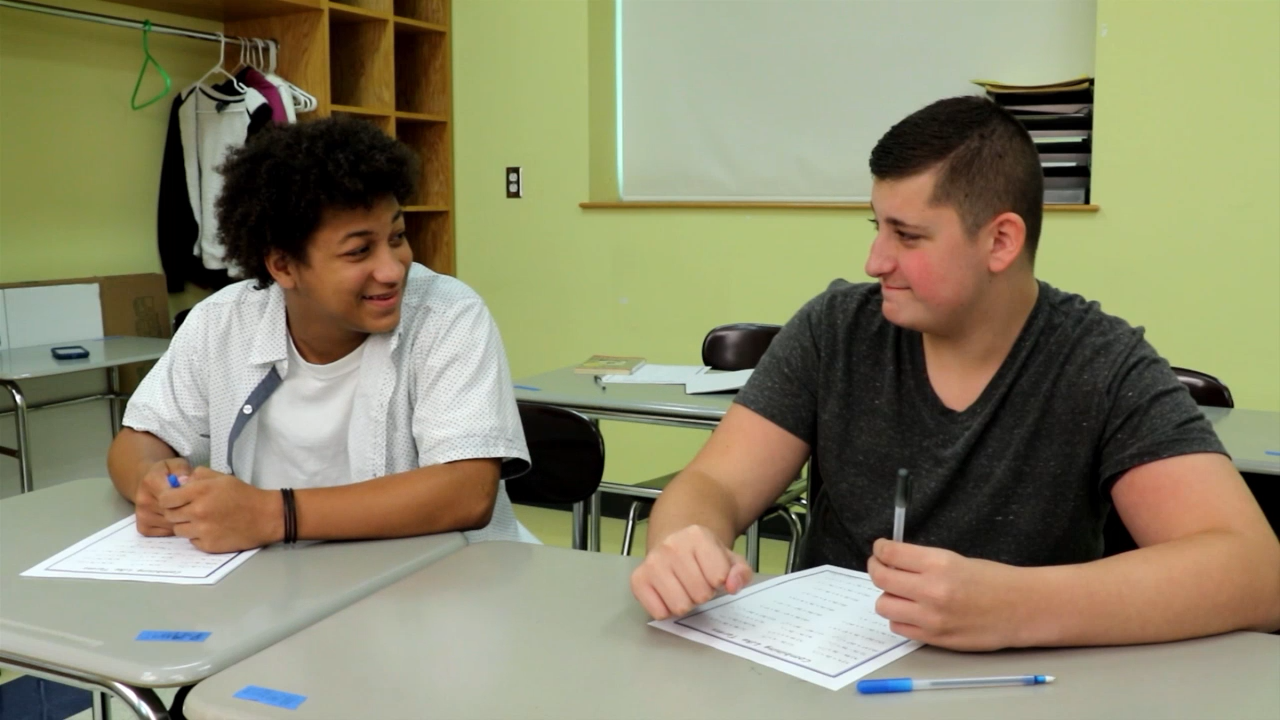As educators, we recognize the importance of teaching our middle school students effective communication skills. One crucial aspect of communication is understanding the difference between direct and indirect ways of asking for something. This blog post will provide an overview of these communication styles, a no-prep activity for educators, discussion questions, related skills, and next steps to help students build stronger social-emotional skills.
Introduction
Direct communication involves clearly stating what one wants, while indirect communication involves hinting or talking around the subject without explicitly stating the desired outcome. The more familiar people are with each other, the more direct they can be. Indirect communication can be more gentle and polite, making both parties feel more comfortable. It is especially helpful when asking someone for a favor without making them feel pressured to say yes.
No-Prep Activity
Role-Play Scenarios: Have students work in pairs, with each student taking turns playing the roles of Speaker and Listener. Provide them with a list of scenarios that require asking for something, such as borrowing a pencil, asking for help with homework, or requesting a favor. The Speaker will practice asking for help in both direct and indirect ways, while the Listener provides feedback on how each approach made them feel. The students then switch roles and repeat the process.
Discussion Questions
- Why is it important to consider the feelings of the person we are asking for something? How can the way we ask impact their response?
- Can you think of a situation where using indirect communication might be more appropriate than direct communication? Why?
- How can understanding the difference between direct and indirect communication contribute to building stronger relationships with peers and adults?
- What challenges might students face when trying to use indirect communication? How can they overcome these challenges?
- How might cultural differences impact the way people prefer to communicate? How can we be more sensitive to these differences?
Related Skills
Teaching students the difference between direct and indirect communication can help them develop other essential social-emotional skills, such as:
- Active listening
- Empathy
- Assertiveness
- Conflict resolution
- Collaboration
Next Steps
As educators, it’s vital to support our students in developing strong communication and social-emotional skills. To access free sample materials for teaching these skills, sign up at Everyday Speech. These resources can help you incorporate effective communication strategies into your classroom and empower your students to navigate social situations with confidence.






